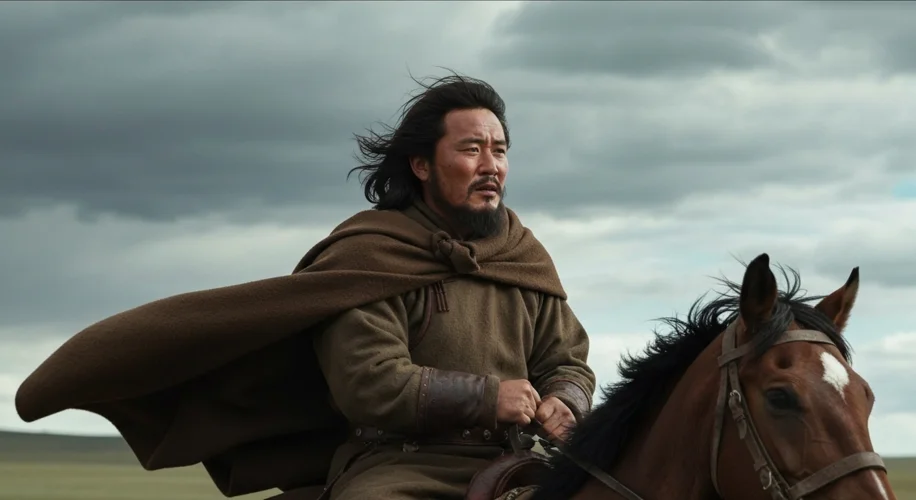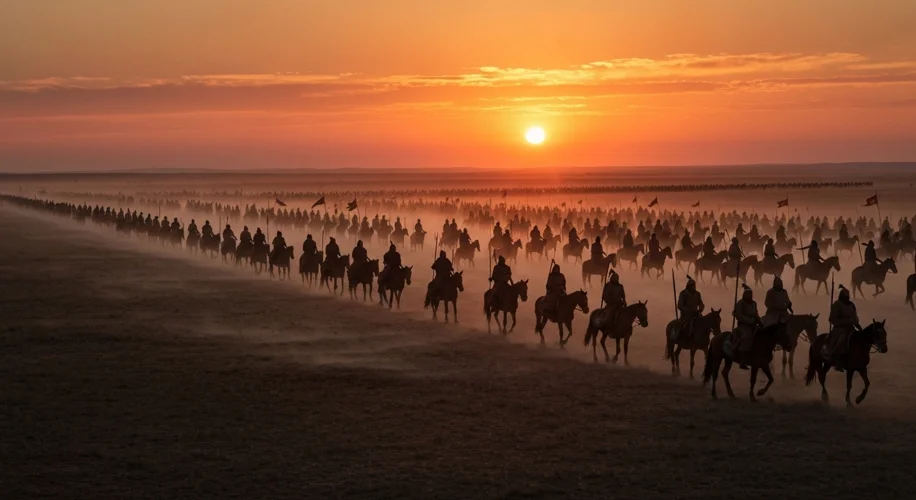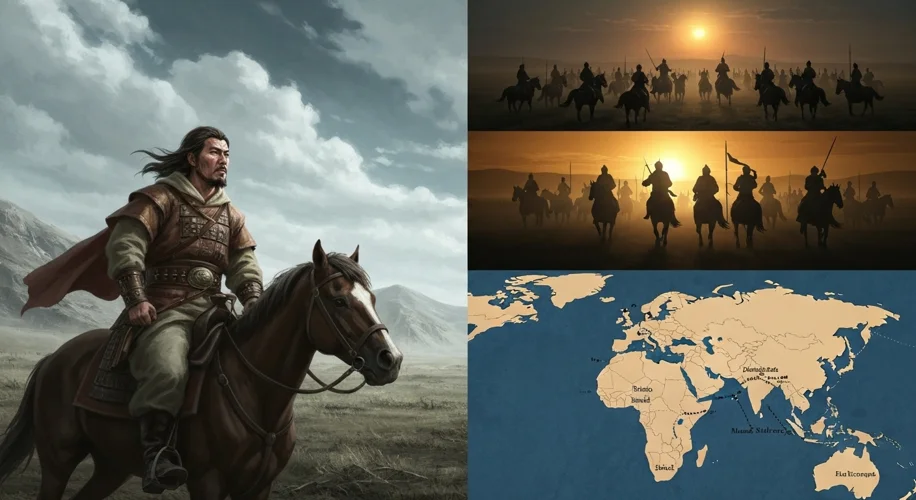Imagine a land of windswept steppes, where nomadic tribes, bound by kinship and a fierce independence, roamed under the vast, indifferent sky. This was the world of Temüjin, a world where survival was a daily battle and loyalty was currency. Born into this harsh landscape in the mid-12th century, Temüjin would rise from obscurity to become Genghis Khan, the architect of the largest contiguous land empire the world has ever known.
Temüjin’s early life was a crucible. His father, a tribal chief, was poisoned, plunging the young boy and his family into destitution. Rivals seized their horses, their meager possessions, and left them to the mercy of the unforgiving wilderness. This betrayal, this profound injustice, would forge in Temüjin a resolve as unyielding as the Siberian winter. He learned to hunt, to ride, and most importantly, to trust few and rely on his own formidable will. He experienced firsthand the fragmentation and infighting that plagued the Mongol peoples, a disunity that made them vulnerable to external threats.

The early 13th century found the Mongol tribes fractured, often at war with one another. Their strength lay in their horsemanship and their fierce warrior culture, but their disunity prevented them from projecting power beyond their own borders. This changed with Temüjin. Through a combination of strategic alliances, brutal military campaigns, and an uncanny ability to inspire loyalty, he began to unite these disparate clans. He wasn’t just a warrior; he was a visionary who understood the power of a unified people.
In 1206, at a grand assembly known as a ‘kurultai,’ Temüjin was proclaimed Genghis Khan, meaning ‘Universal Ruler.’ This was not merely a title; it was a declaration. He had achieved what many thought impossible: he had forged a nation from warring tribes. His genius lay not only in his battlefield tactics, which were innovative and devastatingly effective—employing speed, feigned retreats, and psychological warfare—but also in his ability to create a cohesive society. He established a written script for the Mongol language, codified laws (the Yassa), and promoted meritocracy, rewarding talent and loyalty regardless of tribal origin.
Genghis Khan’s military campaigns were legendary. From the conquest of the Western Xia and Jin dynasties in northern China to the vast sweep across Central Asia, his armies were a force of nature. His objective was not merely conquest, but the creation of a stable and prosperous empire. He understood the importance of trade and communication, and under his rule, the Silk Road flourished, facilitating the exchange of goods, ideas, and technologies across Eurasia. Yet, his conquests were also marked by immense destruction and loss of life, a stark reminder of the brutal realities of warfare in that era.

The consequences of Genghis Khan’s rise were profound and far-reaching. He laid the groundwork for an empire that, at its height, stretched from the Pacific Ocean to Eastern Europe. This colossal entity facilitated unprecedented cultural exchange, introducing innovations and ideas across continents. It fostered relative peace within its borders—the “Pax Mongolica”—allowing trade and travel to flourish. However, it also brought devastation, redrawing the political map of Eurasia and leaving behind a legacy of both awe and terror.
Genghis Khan remains a figure of immense complexity. To some, he is a ruthless conqueror, a harbinger of destruction. To others, he is a nation-builder, a military genius, and a unifier who brought order to a chaotic world. His story is a testament to the transformative power of a single individual, a leader who, driven by personal hardship and a grand vision, reshaped the course of history. The echoes of his empire, from the spread of technologies to the interconnectedness of cultures, still resonate today, a powerful reminder of how the actions of one shepherd boy from the steppes could touch the entire world.

